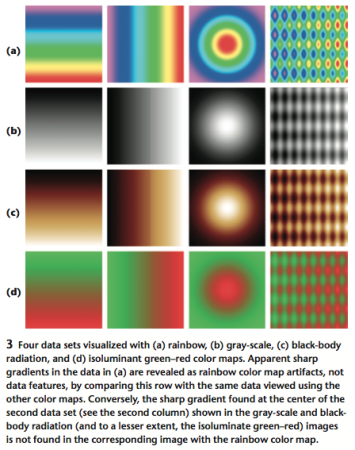Students from the University of Leicester have published a beautiful short research paper (pdf) on the physics of curving a soccer ball through the air.
It has been found that the amount a football bends depends linearly on the speed of the ball and the amount of spin.
— Sandhu et al., 2011: How to score a goal (pdf) in the University of Leicester’s Journal of Physics Special Topics
They derive the relationship from Bernoulli’s equation using some pretty straightforward algebra. The force (F) perpendicular to the ball’s motion that causes it to curl is:
![]()
and the distance the ball curls can be calculated from:
![]()
where:
- F = force perpendicular to the direction the ball is kicked
- D = perpendicular distance the ball moves to the direction it is kicked (the amount of curl)
- R = radius of the ball
- ρ = density of the air
- ω = angular velocity of the ball
- v = velocity of the ball (in the direction it is kicked)
- m = mass of the ball
- x = distance traveled in the direction the ball is kicked
The paper itself is an excellent example of what a short, student research paper should look like. And there are number of neat followup projects that advanced, high-school, physics/calculus students could take on, such as: considering the vertical dimension — how much time it take for the ball to rise and fall over the wall; creating a model (VPython) of the motion of the ball; and adding in the slowing of the ball due to air friction.


